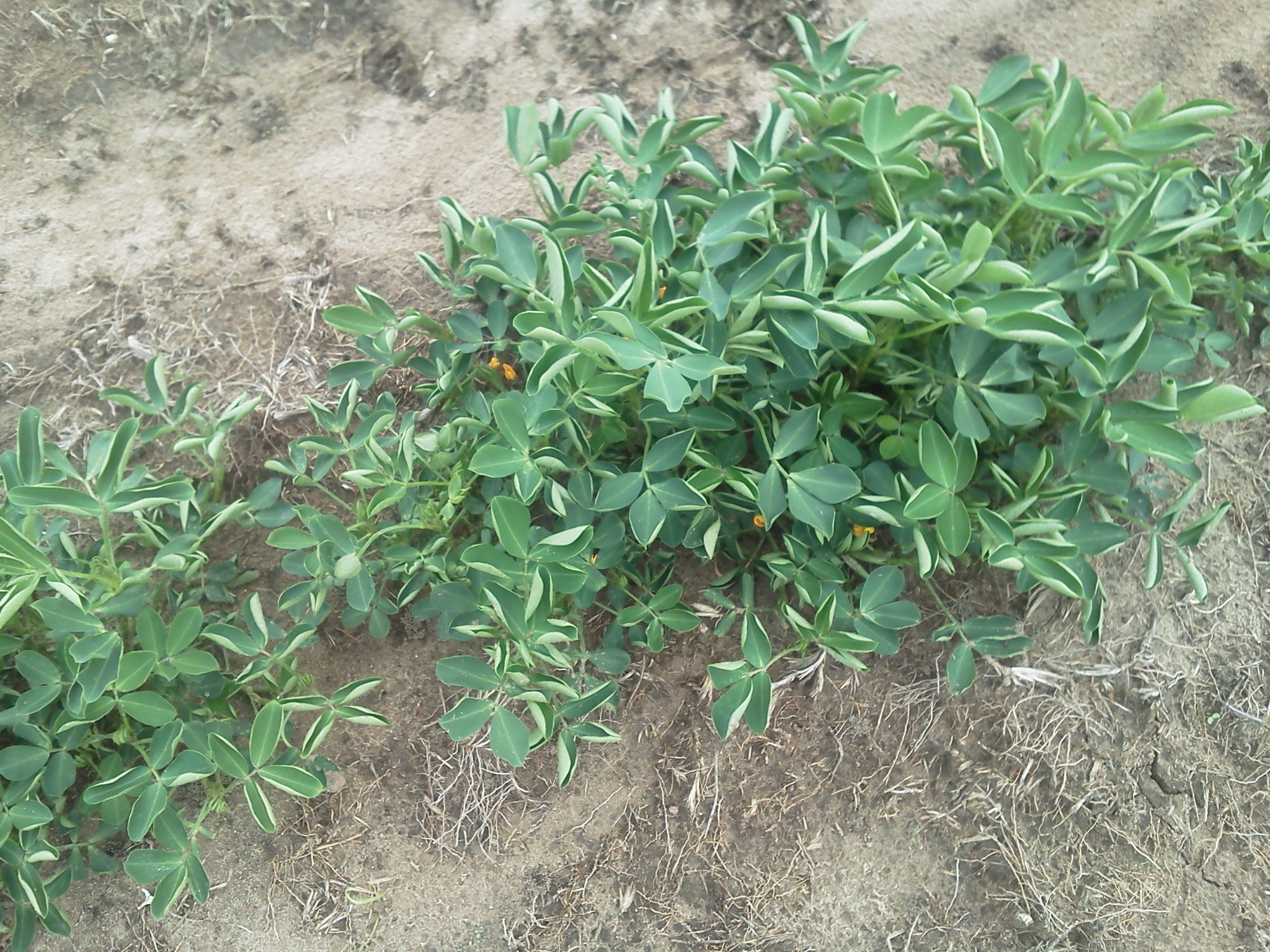Planting behind Bahia Grass has long been a favored practice for watermelon growers and now row crop farmers are increasingly planting into Bahia and Bermuda grass sods. There are many benefits to the practice, but you need to know what herbicides were used when these fields were in pasture or hay production. Producers leasing or sub-leasing crop land need to pay particular attention. Herbicides with aminopyralid as the active ingredient (e.g. GrazonNext and Milestone) are a fairly recent development, but they are being used much more commonly by grass producers. The photo above shows peanuts planted in a leased Bahia grass field. UF weed specialist Dr. Jay Ferrell identified the damage as aminopyralid residual damage and remarked, “GrazonNext is labeled for “permanent grass pasture” – and they mean it.”
This information is of course on the product label, but many growers aren’t yet fully aware of its impact. Aminopyralid is not only an issue with subsequent crops. Use of hay from treated fields as mulch or use of manure from livestock grazing treated fields as compost may affect plant health. As the manufacture puts it “When treating areas …that are or will be grazed or planted to forage, important label precautions apply regarding harvesting hay from treated sites, using manure from animals grazing on treated areas or rotating the treated area to sensitive crops.” http://www.ipaw.org/invaders/AminopyralidFamilyBrochure.pdf
“The label is the law”, but this is a case where you need to check out more than the label. Applicators are required to keep track of pesticide use. If you’re leasing land for crop production, make sure you see the previous farmer’s pesticide application records. It’s not just the law, it’s a good idea!
For more information on aminopyralid herbicides, please see the following publication: Aminopyralid Family of Herbicides

